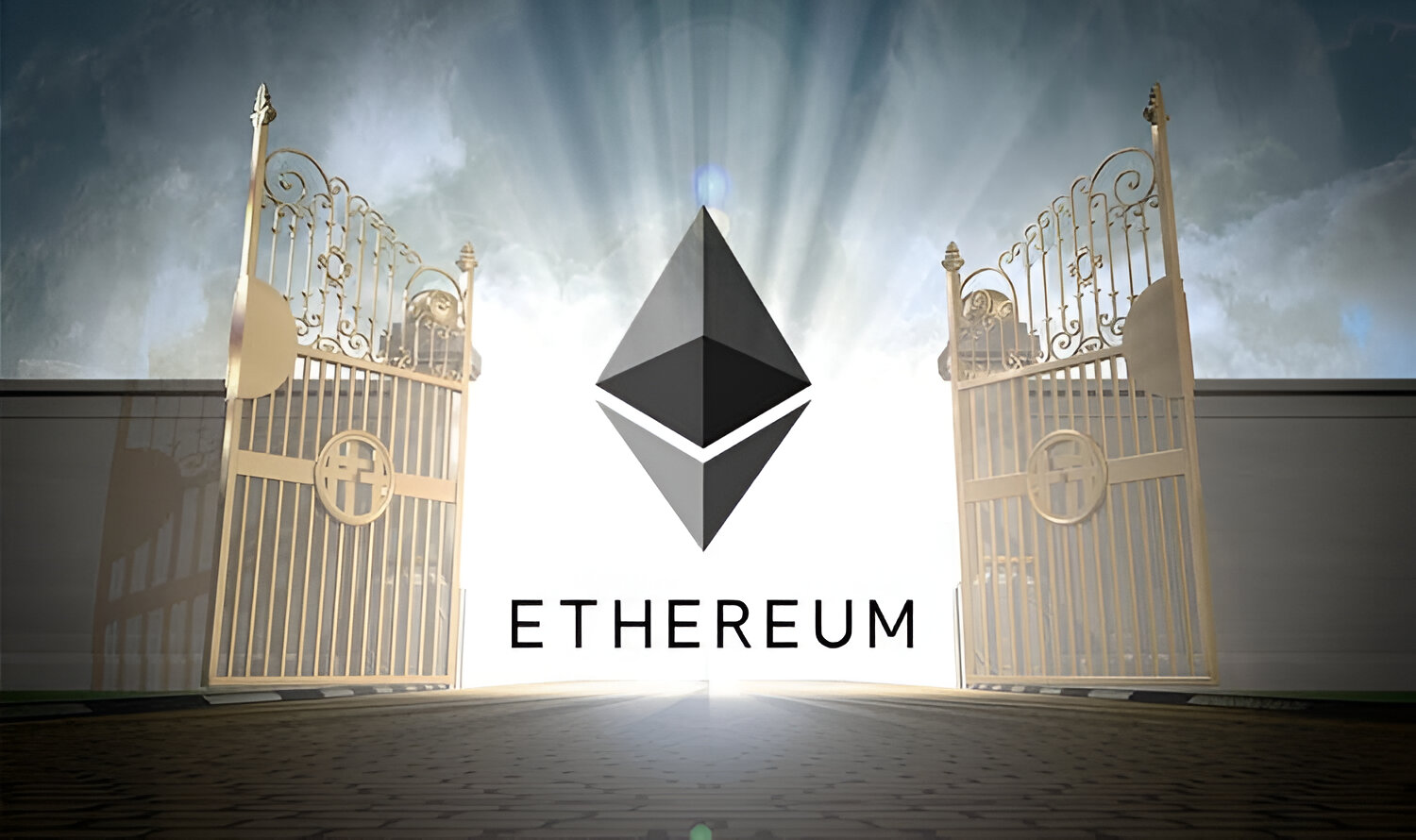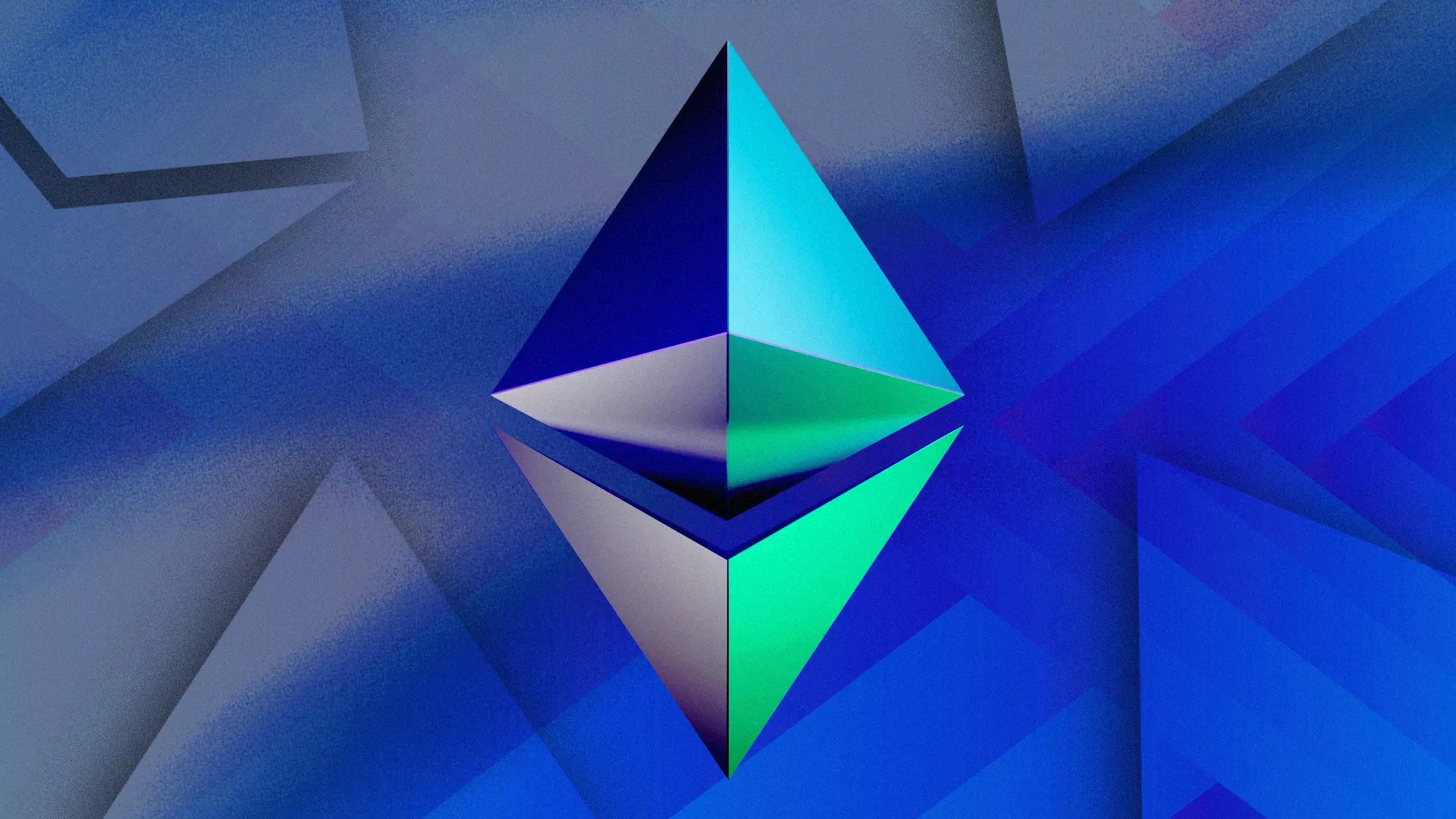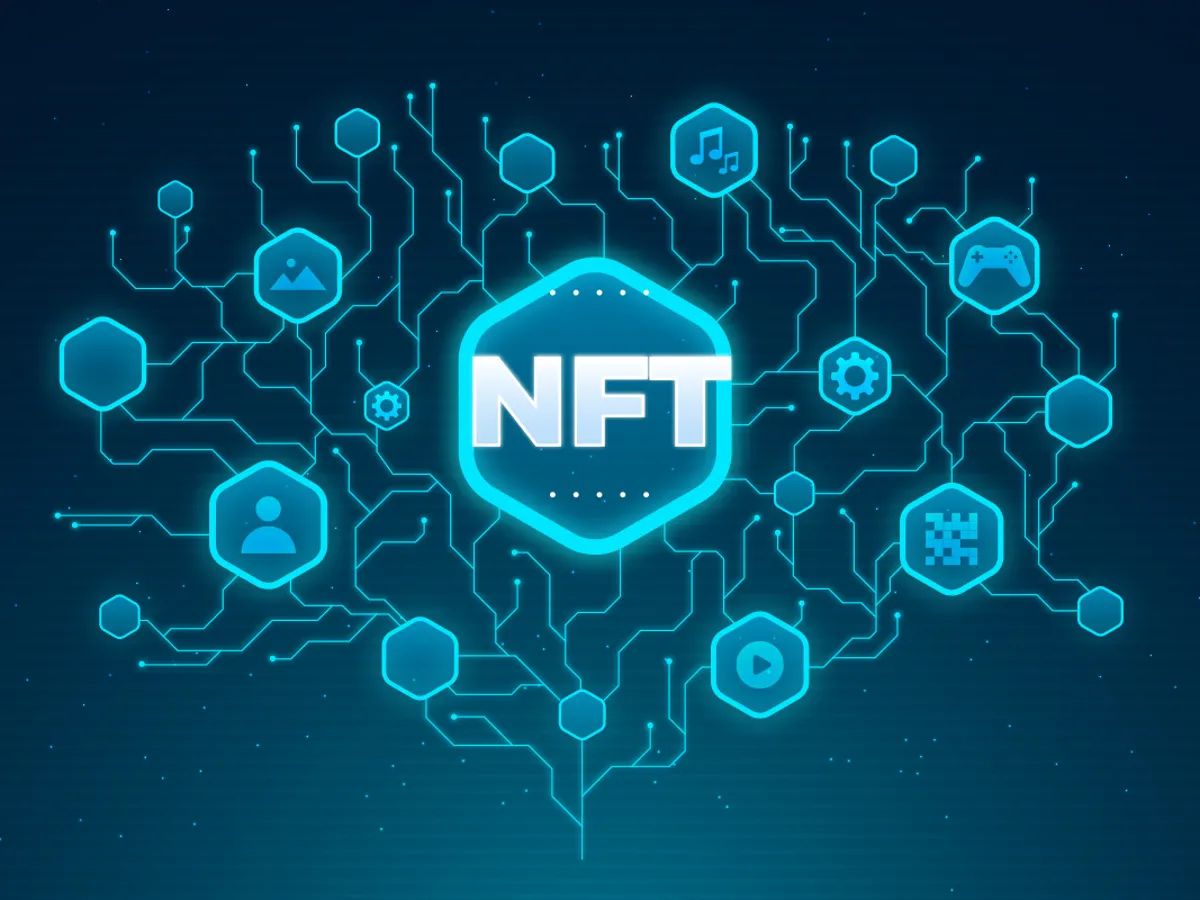Introduction
Ethereum, the world’s second-largest cryptocurrency platform, has revolutionized the way we interact with decentralized applications (DApps) and smart contracts. It has gained significant popularity since its inception in 2015, attracting developers, entrepreneurs, and blockchain enthusiasts from all over the globe. One of the key components that make Ethereum so powerful is its underlying programming language.
In this article, we will explore the different programming languages used in Ethereum development. We will delve into the characteristics and features of each language and discuss how they contribute to the Ethereum ecosystem.
Ethereum’s architecture consists of various core components, including its programming languages. These languages allow developers to build and deploy smart contracts and DApps on the Ethereum Virtual Machine (EVM). Each language has its own unique set of features and use cases, providing developers with flexibility and choice when it comes to developing on the Ethereum platform.
Understanding the different options available can help developers make informed decisions and select the most suitable language for their specific project requirements. Whether you prioritize simplicity, security, or interoperability, Ethereum has a programming language to cater to your needs.
Without further ado, let’s dive into the world of Ethereum programming languages and explore the diverse options available to developers.
Ethereum’s Core Components
Before we explore the programming languages used in Ethereum development, it is essential to understand the core components that make up the Ethereum platform.
First and foremost, Ethereum has its own blockchain, which is a decentralized ledger that records all transactions and smart contracts executed on the network. This blockchain is maintained and secured by a global network of computers, known as nodes, that participate in the Ethereum network.
In addition to the blockchain, Ethereum has its own virtual machine called the Ethereum Virtual Machine (EVM). The EVM is a runtime environment that executes smart contracts written in the programming languages supported by Ethereum.
Smart contracts are self-executing digital contracts that automatically execute predefined actions when certain conditions are met. They are the cornerstone of Ethereum’s functionality, enabling the creation and execution of decentralized applications.
With these core components in mind, let’s explore the programming languages used to develop applications and smart contracts on the Ethereum platform.
Solidity: Ethereum’s Main Language
Solidity is the most widely used programming language for developing smart contracts on the Ethereum platform. It is a statically typed language specifically designed for Ethereum and is similar to JavaScript in terms of syntax.
One of the key advantages of Solidity is its high-level nature, which makes it relatively easy for developers to learn and use. It offers features like contract inheritance, libraries, and user-defined types, allowing developers to write complex and modular smart contracts.
Solidity also supports various cryptographic functions, making it possible to implement secure algorithms for encryption and digital signatures within smart contracts. This capability ensures the integrity and security of transactions and data within the Ethereum ecosystem.
Furthermore, Solidity enables developers to define the behavior and logic of smart contracts through functions and events. It provides extensive access to Ethereum’s built-in functionalities, such as interacting with other contracts, managing states, and handling exceptions.
Another notable feature of Solidity is its support for contract-based programming. With this paradigm, developers can design applications by defining contracts, which interact with each other and facilitate the execution of complex workflows and transactions.
However, Solidity is not without its limitations. As a relatively new language, it may have occasional bugs or security vulnerabilities. Developers must be cautious and follow best practices to ensure the robustness and security of their smart contracts.
In summary, Solidity is the primary programming language for developing smart contracts on the Ethereum platform. Its high-level nature, support for cryptographic functions, and contract-based programming make it a versatile and powerful language for building decentralized applications and executing complex transactions.
Serpent: A High-Level Language for Ethereum
Serpent is another high-level programming language used for developing smart contracts in the Ethereum ecosystem. It is designed to be simple and readable, making it an excellent choice for developers who prioritize clarity and ease of understanding.
One of the notable features of Serpent is its similarity to the Python programming language. Serpent’s syntax and structure are inspired by Python, making it familiar to developers who have experience with the Python ecosystem.
Serpent offers a concise syntax and emphasizes code readability, enabling developers to write smart contracts that are easier to maintain and debug. Its simplicity is particularly helpful for developers who are new to blockchain development or prefer a straightforward approach to coding.
Similar to Solidity, Serpent supports contract inheritance, enabling developers to reuse code and build modular smart contracts. It allows for the creation of user-defined data types, libraries, and calling external contracts, providing developers with flexibility and reusability.
However, Serpent does have some limitations. One of the main downsides is its reduced support and adoption compared to Solidity. While it was initially popular, the Ethereum community has shifted its focus and support towards other languages, particularly Solidity and Vyper.
As a result, Serpent may not receive the same level of updates, security audits, and developer tools as the more widely used languages. Additionally, Serpent does not support certain advanced features that Solidity has, such as contract-based programming and a vast array of cryptographic functions.
In summary, Serpent is a high-level programming language with a syntax similar to Python. It offers simplicity and readability, making it an attractive choice for developers who prefer a straightforward approach to coding smart contracts. However, it is important to consider the level of community support and the availability of advanced features when choosing Serpent as the language for Ethereum development.
Vyper: Increasing Security and Simplicity
Vyper is a relatively new programming language specifically developed for Ethereum. It aims to address some of the security vulnerabilities and complexities associated with smart contract development in other languages like Solidity.
One of the key focuses of Vyper is to prioritize security. Its design philosophy includes a “minimalist” approach, restricting some features and functionalities to reduce the potential attack surface of smart contracts. Vyper implements stricter code requirements and syntax rules to make it harder to write insecure or unintended contracts.
Vyper also emphasizes readability and simplicity. It takes inspiration from Python’s clean and concise syntax, making it easier for developers to understand and audit smart contracts. By reducing complexity, Vyper aims to prevent common programming mistakes and simplify the process of writing secure and bug-free code.
Furthermore, Vyper’s syntax enforces explicitness, which helps to reduce ambiguity and potential vulnerabilities. The language places restrictions on certain constructs that can be prone to errors or misunderstandings. This design approach encourages developers to write code that is explicit and unambiguous, improving code readability and minimizing the likelihood of unexpected behaviors.
While Vyper prioritizes security and simplicity, it does come with some trade-offs. Due to its restricted feature set, Vyper may be less suitable for complex smart contract scenarios that require advanced functionality or interoperability with existing Solidity-based contracts. It also has a smaller community and ecosystem compared to Solidity, which means fewer developer tools, libraries, and resources to support development.
However, as Ethereum’s ecosystem continues to evolve and mature, Vyper is gaining recognition and adoption as an alternative language for writing secure and auditable smart contracts. Developers who prioritize security and simplicity may find Vyper to be a valuable tool in their Ethereum development toolkit.
In summary, Vyper is a programming language designed specifically for Ethereum, with a focus on security and simplicity. By providing restrictions and enforcing explicitness, Vyper aims to reduce vulnerabilities and make it easier for developers to write secure code. Although it may have limitations in terms of advanced features and community support, Vyper offers a promising approach to improving the security and readability of smart contracts on the Ethereum platform.
Other Languages Supported by Ethereum
In addition to Solidity, Serpent, and Vyper, Ethereum also supports several other programming languages that offer unique features and capabilities for smart contract development. While these languages may not be as commonly used as Solidity, they provide alternative options to suit specific project requirements.
LLL (Low-Level Lisp-like Language) is a low-level language for Ethereum that provides fine-grained control over the execution of smart contracts. It is suitable for developers who have a deep understanding of Ethereum’s internals and need precise control over gas consumption and optimization.
Mutan is another low-level language that is no longer actively maintained but is worth mentioning. It was one of the earliest languages for Ethereum smart contract development and was replaced by Solidity as the main language of choice.
Bamboo is a language designed for Ethereum contracts, focusing on simplicity and readability. It aims to provide a smooth learning curve for developers transitioning from traditional programming languages to Ethereum development.
Fe is an experimental language that focuses on formal verification and mathematical rigor. It aims to prevent potential bugs and vulnerabilities through rigorous analysis and verification techniques.
While these other languages may not have the same level of popularity or community support as Solidity, they offer specialized features and capabilities that may be advantageous for specific use cases. It is essential for developers to assess their project requirements and choose the language that best aligns with their needs.
It’s worth noting that the Ethereum ecosystem is continuously evolving, and new programming languages may emerge in the future as the platform matures and additional research and development take place.
In summary, Ethereum supports several alternative programming languages besides Solidity, such as LLL, Mutan, Bamboo, and Fe. Each of these languages offers distinct characteristics, from low-level control to simplicity and formal verification. Developers should carefully evaluate their project requirements to choose the most suitable language for their Ethereum smart contract development.
How to Choose the Right Language for Ethereum Development
Choosing the right programming language for Ethereum development is a critical decision that can significantly impact the success and security of your project. Here are some factors to consider when selecting a language for developing smart contracts on the Ethereum platform.
Project Requirements: Understand the specific requirements of your project. Consider factors such as complexity, interoperability with existing contracts, and the need for advanced features like contract-based programming or formal verification.
Developer Familiarity: Assess your team’s experience and familiarity with different programming languages. Choosing a language that aligns with your developers’ skillsets can help expedite the development process and reduce the likelihood of errors.
Security: Pay attention to the security features and best practices supported by each language. Consider whether the language has explicit rules and restrictions that help prevent common programming mistakes and vulnerabilities.
Community Support: Evaluate the size and activity of the community around the language. A vibrant community ensures access to developer resources, libraries, tools, and documentation, which can greatly aid the development process.
Ecosystem Availability: Consider the availability of tools, frameworks, and development resources that support the chosen language. A robust ecosystem can streamline the development process and provide access to third-party libraries and integrations.
Readability and Ease of Use: Assess the readability and simplicity of the language. Choose a language that is easy to learn and understand, as it can enhance collaboration among developers and make the code more maintainable in the long run.
Long-Term Viability: Consider the longevity and future prospects of the language. Evaluate whether the language is actively maintained, the frequency of updates, and any trends indicating its potential growth or decline within the Ethereum ecosystem.
Ultimately, there is no one-size-fits-all answer to choosing the right language for Ethereum development. It depends on the specific needs of your project, the expertise of your development team, and the level of community support available for each language. Taking these factors into account will help you make an informed decision and set the foundation for successful Ethereum development.
Conclusion
Choosing the right programming language for Ethereum development is a crucial step in building robust and secure smart contracts and decentralized applications (DApps). Ethereum offers a range of languages, each with its own unique features and benefits.
Solidity is the most widely used language, offering a high-level syntax, extensive features, and a large developer community. It provides flexibility and power for building complex smart contracts and DApps.
Serpent and Vyper offer alternatives to Solidity, focusing on simplicity, readability, and security. Serpent, with its Python-like syntax, appeals to developers looking for a straightforward approach, while Vyper emphasizes security and simplicity, making it an excellent choice for auditable and secure contracts.
Ethereum also supports other languages like LLL, Mutan, Bamboo, and Fe, each with its own unique characteristics. These languages may be suitable for niche use cases or developers with specialized requirements, such as low-level control, formal verification, or familiarity with specific programming paradigms.
When selecting a language, consider project requirements, developer familiarity, security features, community support, ecosystem availability, readability, and long-term viability. By carefully evaluating these factors, you can make an informed decision that aligns with your project goals and ensures the success of your Ethereum development endeavor.
Remember, the Ethereum ecosystem is continuously evolving, and new languages and tools may emerge over time. Stay updated with the latest developments and community trends to make the most out of the Ethereum platform and its diverse programming language options.
Embrace the power of Ethereum’s programming languages and unleash your creativity to build innovative decentralized applications and smart contracts that shape the future of blockchain technology.

























